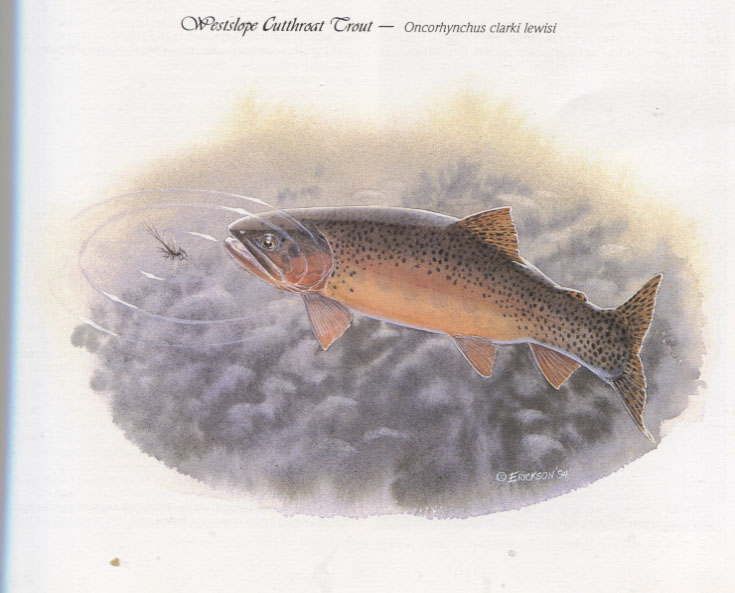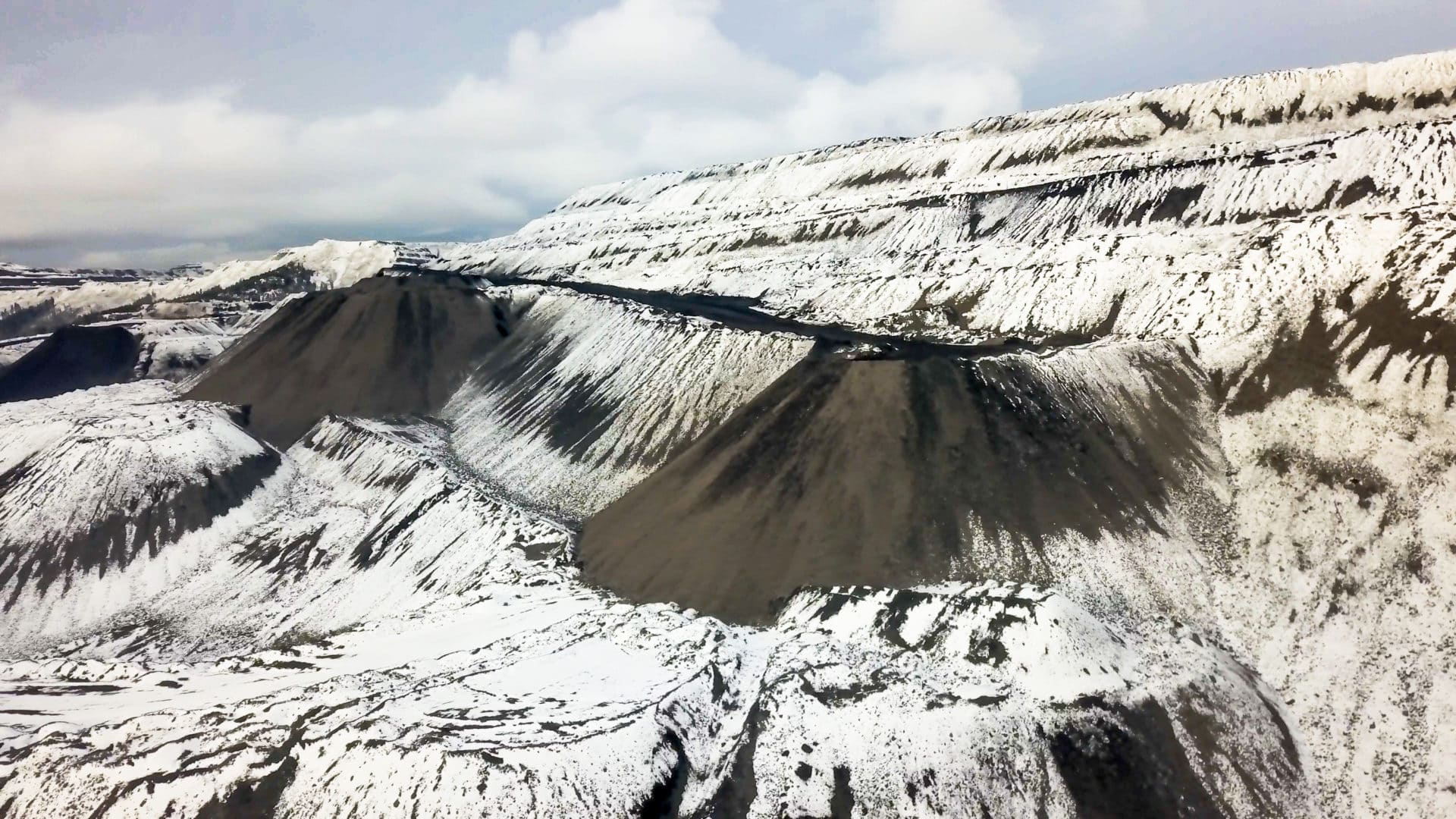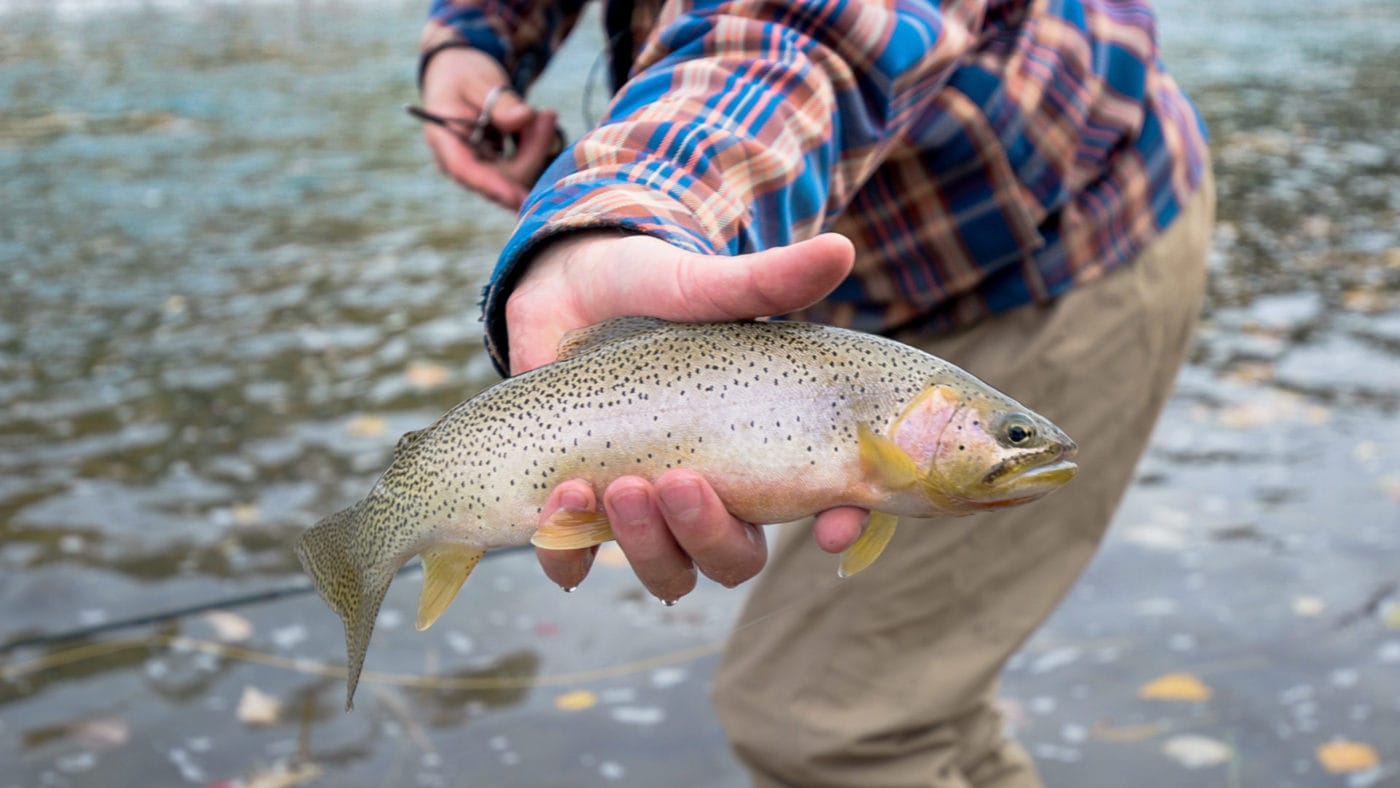THE OTHER CUTTHROAT
Most of BC’s population is concentrated in the lower mainland and southeast Vancouver Island so the fish they know as cutthroat trout if they know it all, is the coastal cutthroat both sea run and resident. A fine fish by any measure. but not the only cutthroat trout in the province. Not by a long shot

Westslope cutthroat. Water colour by V. Ericson in Native Trout of North America by Robert H. Smith
Journey beyond the coastal ranges and the Okanagan Valley and you will meet the Westslope Cutthroat. This is a very colourful and beautiful fish that I am going to now refer to as simply the Interior or Inter Mountain cutthroat. He has less spotting than the coastal fish and a part of his body is absent spotting completely. He is rosy orange on the side and kind of olive greenish or brownish on the dorsal surface. He is the Westslope in BC and some parts of the adjacent US but the Intermountain cutthroat have taken on an amazingly wide diversity of forms and characteristics further south. The western US is an area with a complex array of habitat conditions and climates and the trout has made many adjustments in order to survive in an often harsh landscape. Biologists have given these forms titles like the Greenback Cutthroat and Fine Spotted Snake River Cutthroat and more Taxonomists have likely had no end of debate whether or not these classifications are valid. The classifiers fall into two general groups: lumpers and splitters. Lumpers tend to be very conservative about giving a new classification and splitters delight in teasing out small differences and arguing they should justify a separate species or subspecies. We see it here with our rainbows. We speak of the Blackwater Strain, the Gerrard race and the Pennask strain. These have not been given separate classifications or sub specific titles because it is fairly evident that they are simply different forms of our interior rainbows. Take a Gerrard rainbow from a big lake with kokanee and put him in a small lake with sparse food resources and he becomes just another small tiddler. There may be some separation of our rainbows though. Some biologists have classed them as coastal and redbands (interior). Where the cut-off point is is quite vague but there seems to be some justification. But cutthroats are not so easy. One of the most prominent and respected biologists of our time spent more than fifty years and prepared more than 100 scientific papers on the interior cutthroats. More than any other person, he has informed anglers and other interested people on the diversity and biology of our native trout – he is a world authority on the classification of salmonid fishes.
Robert Behnke described at least fifteen forms of Interior cutthroat trout, our Westslope is just one. Dr. Behnke died in 2013.
The Westslope cutthroat seems to be strongest in the Upper Columbia Basin. The cutthroat has crossed the great divide into the Upper South Saskatchewan and Missouri River Basins. But is most common in the East Kootenay Region where it is the primary game fish of streams commonly cohabiting with Bull Trout. It is the native trout of the East Kootenay as rainbows were not able to navigate the falls between Libby and Troy Montana on the Kootenay River. Rainbows of the East Kootenay are hatchery introductions to lakes like White Swan and Premier. I believe these are Pennask strain even though they are reared at The Bull River Hatchery and Premier Lake may once have had a strain of its own or Gerrard Strain (there were some Gerrard size rainbows in Premier prior to rotenone treatment in about 1960). In the West Kootenay, the Westslope is almost absent from the big lakes (you could sometimes find one or two in the West Arm of Kootenay Lake following a year of strong spring freshets in the creeks. The Westslope is confined to reaches of mountain creeks above migration barriers. Kokanee, Lendrum and Woodbury come to mind. Here they are quite small with a 30 cm fish being a prize. It is in the West Kootenay mountain lakes where the West Slope has attained some fame. Not all mountain lakes have Westslopes and they are usually small and undernourished but it wasn’t always so. When some of these lakes around Kokanee Glacier Park were first stocked back in the 1930’s or so, some amazing fish were caught. My father used to fish Wheeler Lake near Ainsworth and catch three and four pound cutthroats for a number of years. The lake had lain fallow until then and food supplies had built up. Now the fish are all small. Some Interior cutthroats have attained great size. A 41 pounder was caught in Nevada’s Pyramid Lake back in the day and sixty pounders were said to have been taken in net fisheries. The original Pyramid stock is finished. They were called Lahontan cutthroats and still survive but are no longer super sized.
Westslopes are fragile and are not in a good state of health over much of their range. The usual land use issues like logging, intense agriculture and grazing have taken a toll as has mining especially East Kootenay coal mining. I cringe when I think of what might happen when some of those raw piles of tailings and overburden get loose. Even coal exploration is problematical when bulldozers trench side hills and pile the overburden wherever they can. The more mess a machine can make, the more ground is exposed and it is easier to decide on a procedure. Currently there is much concern about elevated levels of selenium in the Elk River a prime Westslope cutthroat stream. Some fish are showing deformities and invertebrates like stone flies and mayflies are showing declines. Another of the most outstanding issues in Interior cutthroat management is hatchery introductions. The main culprit is rainbow trout which have been displacing/eliminating cutthroats for decades especially in the US. Shot gunning hatchery trout around the west is coming to a close and was never much of an issue in BC. Our hatchery programs are directed to lakes and have been very successful. There has been some hatchery effort toward steelhead in streams but it is not favoured. The other thing about all cutthroats is their susceptibility to angling. They are very easy to catch and fishing may have to be curtailed even more than it presently is if we are going to keep this fish around.

Coal spoil: Elk River. Photo by Jayce Hawkins The Narwhal

Westslope cutthroat from the Elk River caught by Ryland Nelson. Jayce Hawkins photo from The Narwhal.
Tags: a very colorful trout